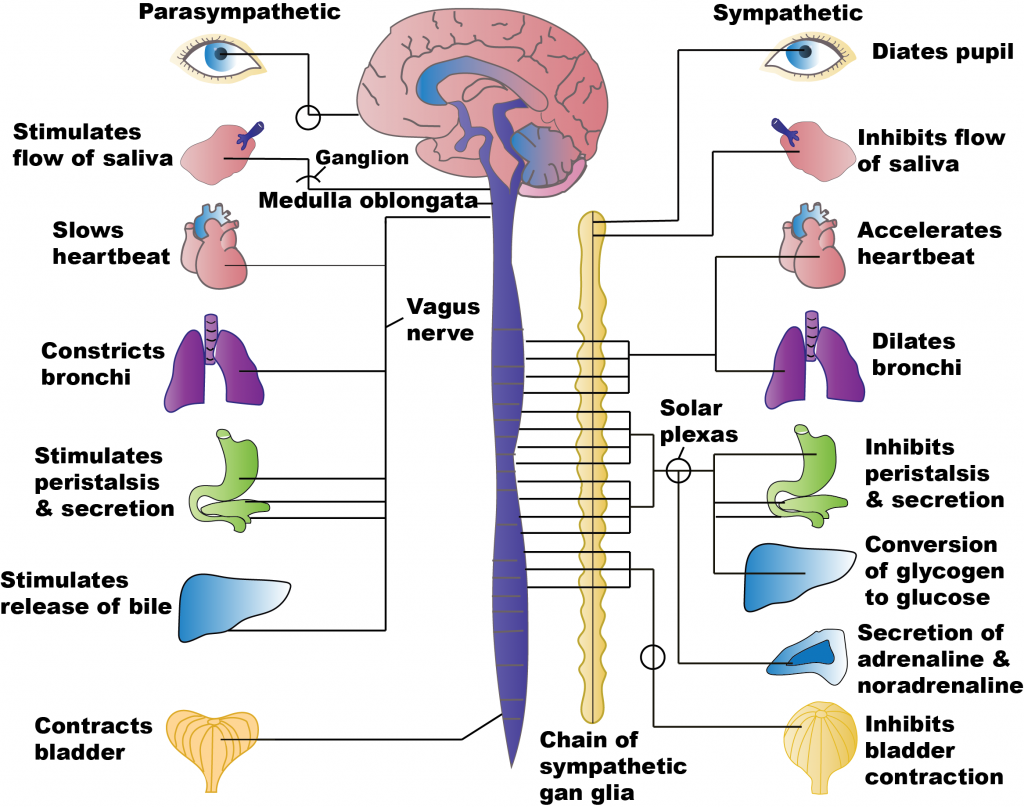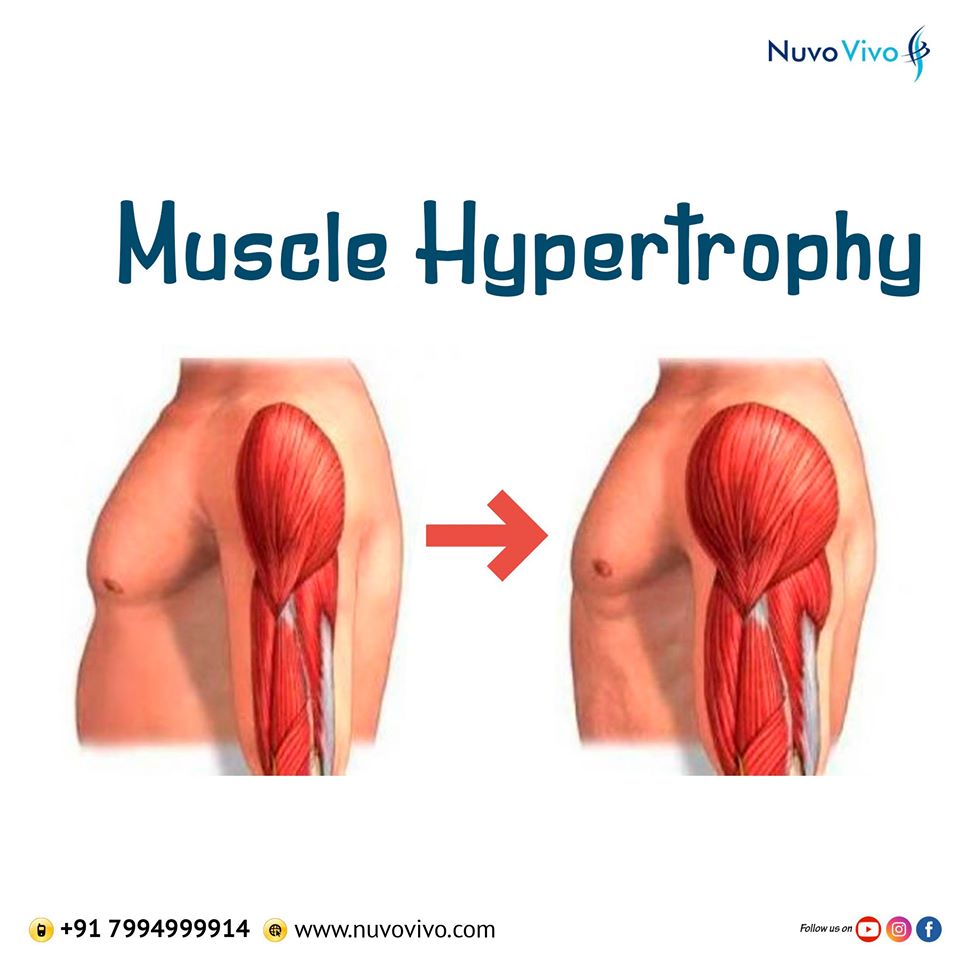Medication A has a half-life of 3 hours. If the nurse administers a single dose of 400 mg of medication A, how much will excrete from the patient’s body after 12 hours?
100 mg
375 mg
150 mg
25 mg
The Correct Answer is D
Choice A Reason:
To determine how much of the medication remains in the body after a certain period, we need to understand the concept of half-life. The half-life of a medication is the time it takes for the concentration of the drug in the bloodstream to reduce by half. For Medication A, the half-life is 3 hours. After 12 hours, which is four half-lives, the amount of medication remaining can be calculated step by step.
Choice B Reason:
Let’s break down the calculation. Initially, the patient receives 400 mg of Medication A. After the first half-life (3 hours), the amount of medication remaining is 400 mg ÷ 2 = 200 mg. After the second half-life (6 hours), the amount remaining is 200 mg ÷ 2 = 100 mg. After the third half-life (9 hours), the amount remaining is 100 mg ÷ 2 = 50 mg. Finally, after the fourth half-life (12 hours), the amount remaining is 50 mg ÷ 2 = 25 mg. Therefore, 375 mg is not a correct answer.
Choice C Reason:
Similarly, 150 mg is not correct. As shown in the detailed calculation, the amount of medication decreases by half every 3 hours. After 12 hours, the remaining amount is 25 mg, not 150 mg. This choice does not align with the half-life calculation.
Choice D Reason:
This is the correct answer. The step-by-step calculation shows that after 12 hours, which is equivalent to four half-lives, the amount of Medication A remaining in the patient’s body is 25 mg. This demonstrates the principle of half-life and how the concentration of a drug decreases over time.
Nursing Test Bank
Naxlex Comprehensive Predictor Exams
Related Questions
Correct Answer is C
Explanation
Choice A Reason:
The sympathetic nervous system (SNS) is responsible for the “fight or flight” response, which prepares the body to respond to perceived threats. One of the primary effects of SNS activation is an increase in heart rate. This is achieved through the release of catecholamines like adrenaline, which stimulate the heart to pump more blood to vital organs and muscles.
Choice B Reason:
Another effect of SNS activation is an increase in blood glucose levels. This occurs because the body needs more energy to respond to stress. The SNS stimulates the liver to release glucose into the bloodstream, ensuring that muscles and other tissues have enough energy to function effectively during a stressful situation.
Choice C Reason:
The correct answer is that SNS activation does not increase GI motility and movement. In fact, it has the opposite effect. During a “fight or flight” response, the body prioritizes functions that are critical for immediate survival, such as increased heart rate and blood flow to muscles. As a result, non-essential functions like digestion are slowed down. The SNS decreases GI motility and movement to divert energy and blood flow to more critical areas.
Choice D Reason:
SNS activation also leads to an increase in blood pressure. This is achieved by constricting blood vessels and increasing the force of heart contractions. The purpose of this response is to ensure that enough blood and oxygen are delivered to essential organs and muscles during a stressful situation.

Correct Answer is A
Explanation
Choice A: Size
Muscular hypertrophy refers to the increase in the size of muscle cells12. This process typically occurs as a result of strength training, where the muscles are subjected to stress and damage, leading to the repair and growth of muscle fibers. The increase in muscle cell size enhances muscle strength and mass, making it a key goal for athletes and bodybuilders.
Choice B: Vacuoles
Vacuoles are membrane-bound organelles found in cells, primarily involved in storage and transport of substances3. While vacuoles play important roles in cellular function, they are not directly related to muscular hypertrophy. The primary change in muscular hypertrophy is the increase in muscle cell size, not the number or size of vacuoles.
Choice C: Types
Muscle cells can be categorized into different types, such as slow-twitch (Type I) and fast-twitch (Type II) fibers4. However, muscular hypertrophy does not involve a change in the types of muscle cells. Instead, it focuses on the growth and enlargement of existing muscle fibers, regardless of their type.
Choice D: Number
An increase in the number of muscle cells is referred to as hyperplasia, which is different from hypertrophy. Hyperplasia involves the formation of new muscle cells, whereas hypertrophy involves the enlargement of existing muscle cells. Current evidence suggests that hypertrophy, rather than hyperplasia, is the primary mechanism for muscle growth in response to strength training.

Whether you are a student looking to ace your exams or a practicing nurse seeking to enhance your expertise , our nursing education contents will empower you with the confidence and competence to make a difference in the lives of patients and become a respected leader in the healthcare field.
Visit Naxlex, invest in your future and unlock endless possibilities with our unparalleled nursing education contents today
Report Wrong Answer on the Current Question
Do you disagree with the answer? If yes, what is your expected answer? Explain.
Kindly be descriptive with the issue you are facing.
